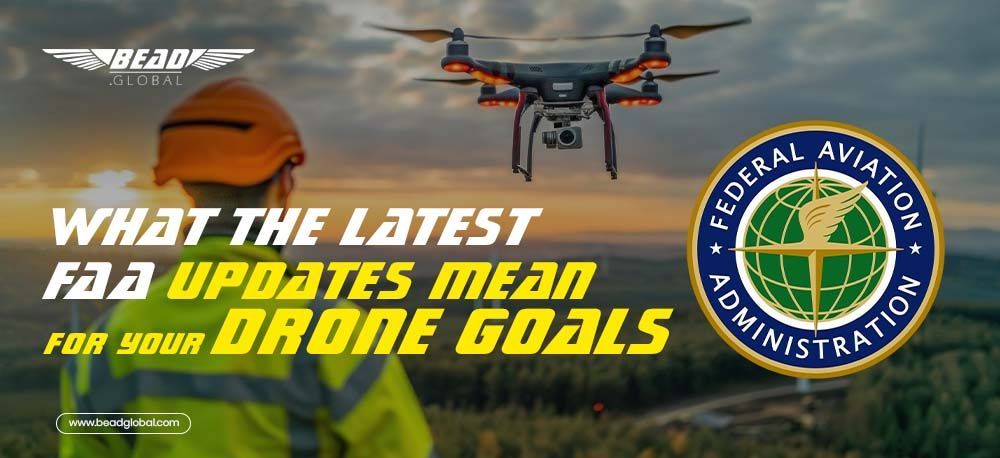If you’ve been in the drone space for more than a minute, you know that the only constant is change, especially when it comes to FAA policy. And while that can feel overwhelming, I see it as a sign of progress. Because every new rule, every updated guideline, is a step toward a future where drones are not just accepted but fully integrated into our national infrastructure.
So, let’s talk about what’s new, what’s coming, and what it means for you.

The FAA is moving closer to establishing standardized rules for Beyond Visual Line of Sight (BVLOS) operations. This is a significant development for industries like logistics, agriculture, and infrastructure monitoring, where drones need to cover large areas without a direct line of sight. The FAA has authorized companies like UPS Flight Forward and uAvionix to conduct BVLOS operations, gathering data to inform broader policy decisions. Wikipedia+3Federal Aviation Administration+3Federal Aviation Administration+3
For our clients, this means that the future holds more opportunities for efficient, long-range drone operations. However, it also underscores the importance of staying compliant with evolving regulations. At BEAD Global, we’re here to help you navigate these changes, ensuring that your operations are both innovative and compliant.

Remote ID: The Digital License Plate for Drones
As of March 16, 2024, the FAA requires most drones to have Remote Identification (Remote ID) capabilities. This system broadcasts information about the drone and its control station, enhancing safety and accountability in the national airspace. Federal Aviation Administration+5Federal Aviation Administration+5Wikipedia+5Federal Aviation Administration+2Wikipedia+2Federal Aviation Administration+2
For organizations, this means investing in compliant hardware and updating operational protocols. It’s not just about meeting regulatory requirements; it’s about embracing a culture of safety and transparency. Our team at BEAD Global can assist you in integrating Remote ID into your operations seamlessly.

Airspace Access: Expanding Opportunities
The FAA’s Low Altitude Authorization and Notification Capability (LAANC) system continues to evolve, providing near-real-time airspace authorizations for drone pilots. This system is crucial for operations in controlled airspace, especially for commercial and public safety missions. Federal Aviation Administration+4Wikipedia+4Federal Aviation Administration+4Federal Aviation Administration
With LAANC, our clients can plan missions more efficiently, knowing they have the necessary approvals. It’s a game-changer for time-sensitive operations, and we’re here to guide you through the process of obtaining and managing these authorizations.

The Bottom Line: Progress Requires Partnership
Navigating FAA regulations can be complex, but you don’t have to do it alone.
At BEAD Global, we specialize in turning evolving airspace rules into actionable, real-world strategies. As a trusted UAS consulting company, our mission is to help organizations like yours align drone operations with federal requirements while staying focused on growth and innovation.
Whether you need support integrating Remote ID, planning BVLOS missions, or securing LAANC approvals, our drone consulting services are designed to meet you where you are—and guide you to where you want to be.
Progress in this industry doesn’t happen solo.
It happens in partnership with experts who understand both the skies and the systems that govern them.
Let’s turn policy into progress—together.
Need assistance with drone policy compliance or operational planning? Contact us at BEAD Global to learn how we can help you achieve your drone goals safely and effectively.